

A cancer is generally defined as "uninhibited proliferation of cells". As we all know this can cause all sorts of problems in the body. Similarly in the mind too uninhibited mental proliferation of thoughts can cause all sorts of problems in the mind. Thoughts about the past such as "I should not have done this or that..." may lead someone to depression. In the same way uncontrollable proliferation of thoughts about the future such "what if this happens..." may take someone to anxiety states. This the cause of our unhappy states of mind.
contact > feeling > perception > thinking (mental formations) > the perceptions & categories of papañca (past, present and the future).
http://www.accesstoinsight.org/tipitaka/mn/mn.018.than.html
In the original sutta it says like this:
"Dependent on eye & forms, eye-consciousness arises. The meeting of the three is contact. With contact as a requisite condition, there is feeling. What one feels, one perceives (labels in the mind). What one perceives, one thinks about. What one thinks about, one objectifies. Based on what a person objectifies, the perceptions & categories of objectification assail him/her with regard to past, present, & future forms cognizable via the eye.
"Dependent on ear & sounds, ear-consciousness arises...
"Dependent on nose & aromas, nose-consciousness arises...
"Dependent on tongue & flavors, tongue-consciousness arises...
"Dependent on body & tactile sensations, body-consciousness arises...
"Dependent on intellect & ideas, intellect-consciousness arises*. The meeting of the three is contact. With contact as a requisite condition, there is feeling. What one feels, one perceives (labels in the mind). What one perceives, one thinks about. What one thinks about, one objectifies. Based on what a person objectifies, the perceptions & categories of objectification assail him/her with regard to past, present, & future ideas cognizable via the intellect."
*Please note: The term intellect & ideas are used for mind objects and intellect-consciousness used for mind-consciousness here compared to the mind works model (Figure 1 & Figure 2).
If you apply here my mind works model again you can see how this happens in the mind (Figure 1). Also thoughts can be retrieved from the memory to add to this process. Therefore this could happen without actual senses not being active in the process, like sort of "day dreaming".
Last weekend I attended a one day CME (continuing medical education) workshop organized by the Ontario College of Family Physicians in Toronto on "Mindfulness Based Cognitive Therapy" (MBCT). It was done very well and was well received by many Physicians. Here again they aknowledged they use a part of mindfulness meditation extracted from The Four Foundations of Mindfulness taught by the Buddha, about 2600 years ago. Here they mainly use the mindfulness /contemplation on perception (breath meditation/body scan/walking), mindfulness/contemplation on feelings (pleasant, unpleasant) and mindfulness/contemplation on consciousness or thoughts (emotions such as anger) which are shown in three of the four yellow bubbles. The mindfulness Bases Stress Reduction (MBSR) and MBCT is now used in many hospitals and medical centers around the world for the treatment of depression and many other illness (see labels) mindfulness teachings of the Buddha here are used in a "secular" form.
So where can we apply mindfulness methods to stop this thought proliferation in relation to the original teachings of the Buddha?
The mindfulness (The Foundations of Mindfulness: Satipatthana Sutta, Figure 2 in yellow bubbles) trains you to be in the present moment with the object you choose to contemplate. This will reduce the mind being "hijacked" to the past and the future and proliferating itself. This will then control or even get rid of this abnormal thought proliferation or the "cancer" in our mind. Practice of mindfulness will eventually help you gain wisdom and insight (vipassana) of the real nature of the working of the mind. The green bubble shows The Three Basic Facts of Existence (The Three Characteristics (ti-lakkha.na), Impermanence (Anicca),Suffering or Unsatisfactoriness (dukkha) and Not-self or Insubstantiality (anattaa). This is the final common pathway of contemplation to insight (vipassana).
Here is the full sutta:










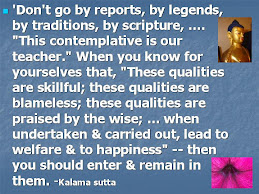

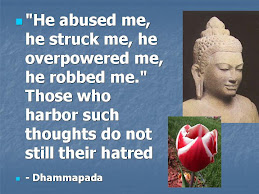

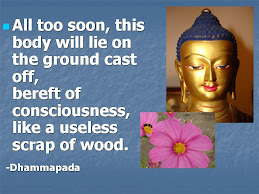
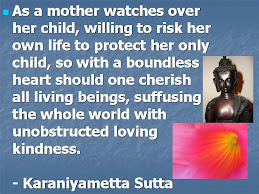
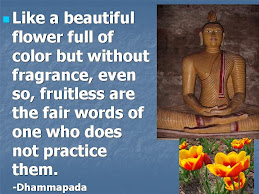



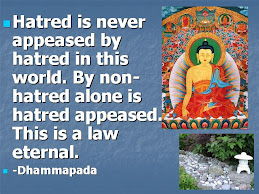
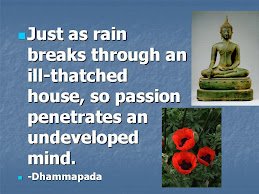
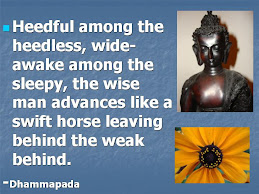
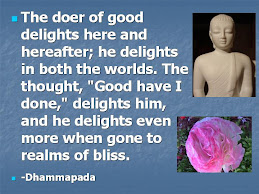
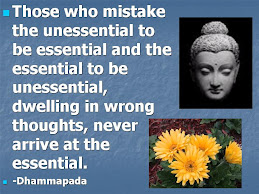

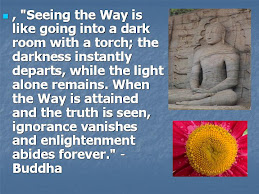
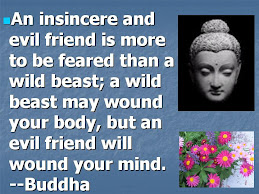

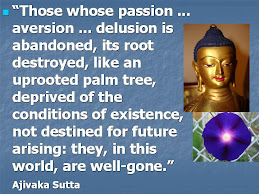
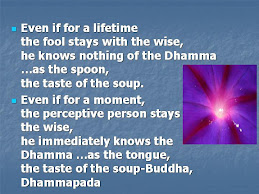

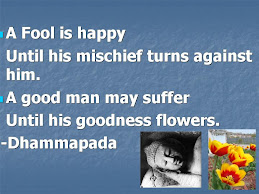
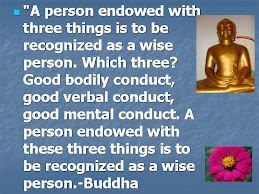
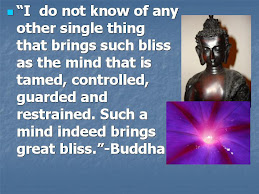
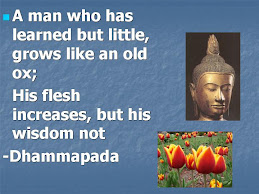
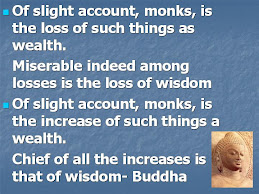
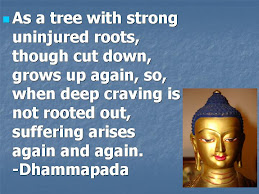
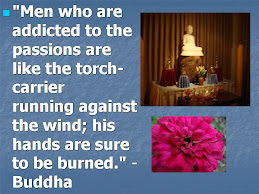
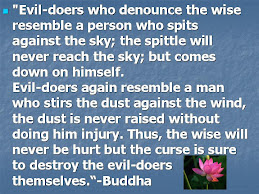

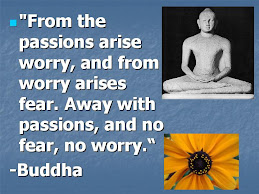
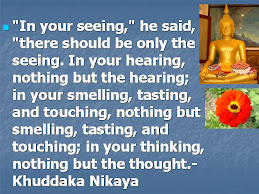

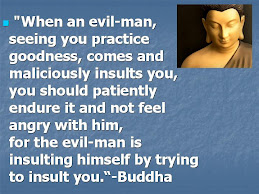
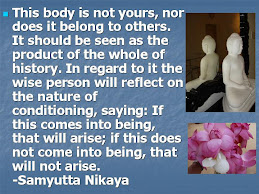




No comments:
Post a Comment